How to Monetize Your SaaS Product: Pricing Models and Strategies for Success
Published: June 21, 2023
14 min read
In this article, you'll learn:
1
💰 The Advantages of Monetizing Payments for SaaS
2
💡 SaaS Pricing Strategies
3
💲 Pricing Models
4
🛠️ Tech Stack
5
📲 Understanding Payment Enrollment and its Implementation in SaaS Products
6
📚 Case Study
7
👂Takeaways
In today's competitive and rapidly growing software as a service (SaaS) market, creating a successful product is just the first step. The next step is the effective monetization of your product.
Choosing the best pricing strategy and monetization model your SaaS startup will pursue is a critical business aspect as it directly impacts revenue generation, customer acquisition, and long-term sustainability in the marketplace.
For example, one of the largest SaaS providers, Salesforce, increases its profits by about 20% every year. Salesforce generated $31.352 billion in annual revenue for 2023, up 18.35% from 2022. And for 2022, revenue was $26.492 billion, which is 24.66% more than in 2021. Such growth would not have been possible without the right pricing strategies for monetizing the company.
Therefore, in this article, we have prepared for you a list of viable monetization models and pricing strategies, thanks to which you can maximize the income and profitability of your SaaS product. Let's talk about how to implement Payment Enrollment in your product and, of course, share Stormotion's experience in monetizing SaaS products of our clients.
Let’s start!
💰 The Advantages of Monetizing Payments for SaaS
Before we move on to the main sections of our article, we would like to revisit the benefits of monetizing your Saas application. Let’s take a look at this table.
Additional Revenue Streams | SaaS companies may provide a consistent flow of money by integrating payment capabilities and assessing transaction fees, subscription fees, or usage-based fees. |
Enhanced Customer Value | Customer value may be increased by directly integrating payment facilities into a SaaS app. By removing the requirement for customers to visit other payment gateways or systems, it offers a practical and smooth experience. SaaS businesses may improve user happiness, speed up the customer journey, and produce a more unified product experience by providing in-platform payments. |
Improved User Experience | The SaaS product's ability to accept payments enhances the overall user experience. Without leaving the platform, users may easily upgrade memberships, make payments, or access new services. As a result, there is less friction and fewer steps needed for customers to complete transactions. Customer satisfaction and conversion rates are both increased by a simple and straightforward payment procedure. |
Reduced Churn | By offering flexible and convenient payment options, such as monthly subscriptions, annual plans, or pay-as-you-go models, many SaaS companies can cater to different customer preferences and budget constraints. Providing clients with a variety of payment alternatives can greatly reduce their likelihood of canceling their subscriptions or moving to rival services. Additionally, depending on consumer usage patterns, customized pricing plans or loyalty programs might further encourage customers to stick with the product, lowering churn rates. |
So, SaaS companies may improve their financial performance, raise customer happiness, and build a solid platform for long-term growth in the cutthroat market by taking advantage of these advantages.
💡 SaaS Pricing Strategies
Choosing the right monetization strategy is critical to long-term success. In this section, we'll take a look at various SaaS monetization strategies and their benefits. By understanding these pricing strategies, SaaS startups can make informed decisions about how to effectively monetize their products and maximize revenue generation.
Licensing Model
The SaaS product's licenses are sold to users as part of the licensing model. With this method, consumers make a single payment and then enjoy unrestricted access to the program. For SaaS applications that may be installed on a customer's server, it is very helpful.
Customers can use it easily, and there are advantages, but software maintenance and updates might be challenging.
Subscription Model
The SaaS product may be accessed by clients via the subscription model in exchange for a recurring cost, which is commonly collected on a fixed monthly price. In addition to enabling revenue forecasting and fostering long-lasting client connections, subscriptions offer a consistent and recurring income source.
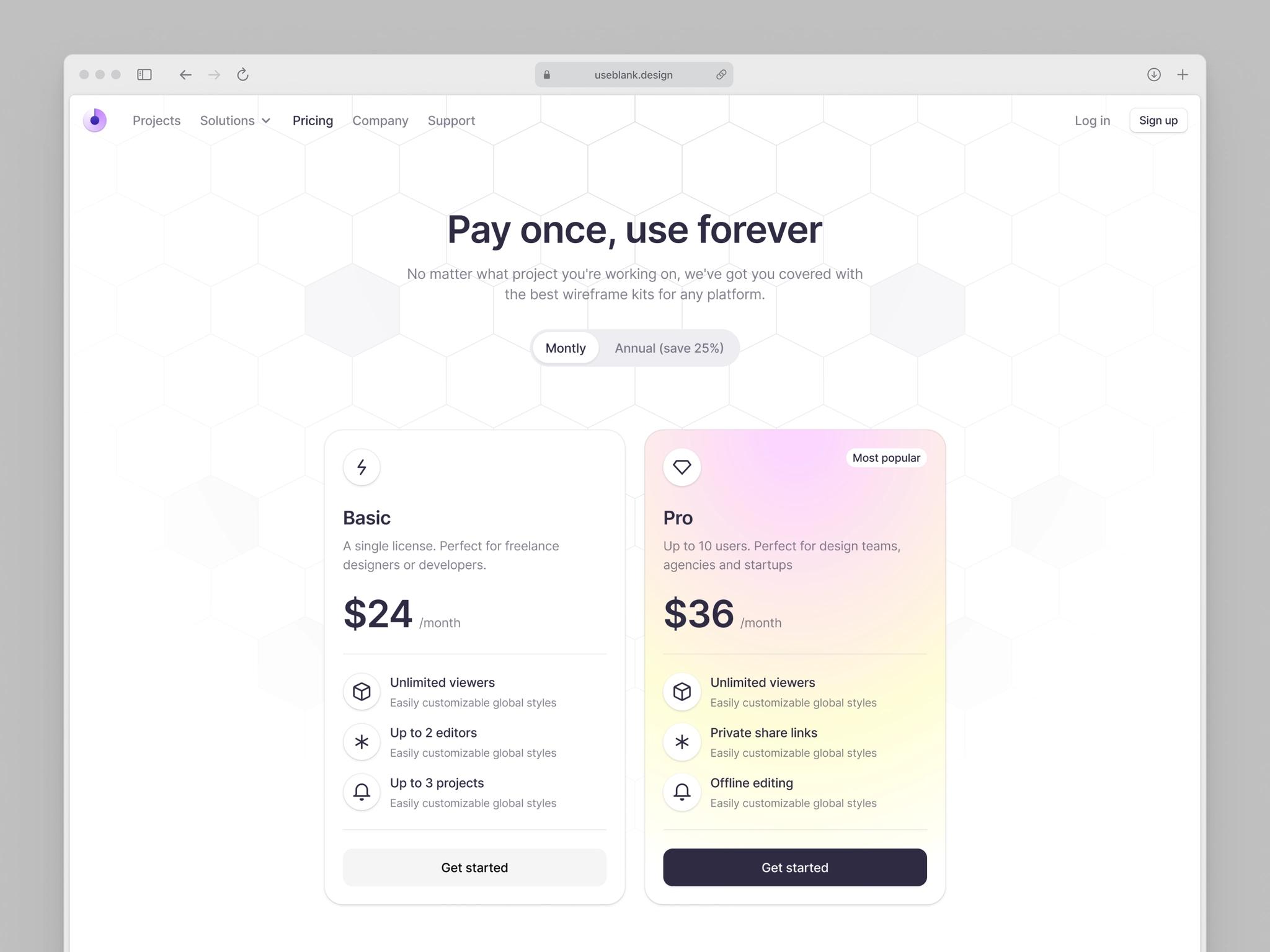
The Subscription Model is one of the most popular SaaS pricing models.
(image by Craftwork Studio)
This subscription pricing model frequently gives users the choice to upgrade for better functionality or other features.
Freemium Model
The SaaS software has both free and premium versions under the freemium business model. To encourage a wider user base, the basic version is provided for free, but paid upgrades and functionality are available.
By letting people test the product before making a purchase, this method enables the growth of the user base and the conversion of free users into paying customers.
Open-Source Model
The open-source concept entails giving customers access to the SaaS product's source code so they may edit and personalize it. Offering support services, consulting, training, or developing unique modules or features can all be used to generate revenue.
Due to the product's flexibility and customizability, this approach promotes active interaction with a developer community and may draw in additional users.
In-App Purchases
SaaS company can provide extra features, add-ons, or upgrades within the application by generating revenue through in-app payments. Users can buy these items to increase functionality or obtain access to premium features. This tactic increases the value of the consumer while giving the business an extra stream of income.
In-App Advertising
Displaying customized ads inside the SaaS product is how in-app advertising is monetized. By having advertising partners show their adverts to users, this tactic makes money. The possible effects of this model's implementation on customer contact and experience with the product should be taken into account.
Partnership Model
In order to increase reach and monetize through revenue-sharing or cross-promotion, the partnership pricing model entails building strategic alliances with businesses that provide similar products or services. This tactic aids in connection building, market expansion, and elevated brand awareness.
Pay-As-You-Go Model
The pay-as-you-go model allows customers to pay for the SaaS product based on actual usage. This flexible pricing model enables customers to control their expenses while providing SaaS providers with opportunities to optimize revenue based on customer usage.
Premium Model
A high-end SaaS product with sophisticated features, specialist support, or exclusive access is the main emphasis of the premium model. Targeting certain market niches and increasing revenue may both be achieved by positioning the product as a premium offering.
Product Model
The product model means offering extra physical or digital goods in addition to the SaaS solution. Selling supplementary materials that improve the overall value proposition may be one way to do this.
Affiliate Marketing and Lead Generation
In order to implement this plan, you must work with affiliates or generate leads for other companies in return for a commission or referral fee. Lead generation and affiliate marketing may increase the company environment and create new income streams.
Email Marketing
Utilizing email newsletters to advertise items, upsell, or cross-sell is a key component of email marketing monetization. Successful email marketing initiatives can increase sales and consumer engagement.
💲 Pricing Models
There are many SaaS pricing models that offer different levels of flexibility, scalability, and value for your product to your customers. In this section, we'll look at a few popular pricing models and showcase SaaS product examples that implement them effectively.
Flat Rate Pricing
Flat rate pricing involves charging a fixed fee for unlimited or predefined usage of the SaaS product. This pricing model is simple and transparent, providing customers with cost predictability.
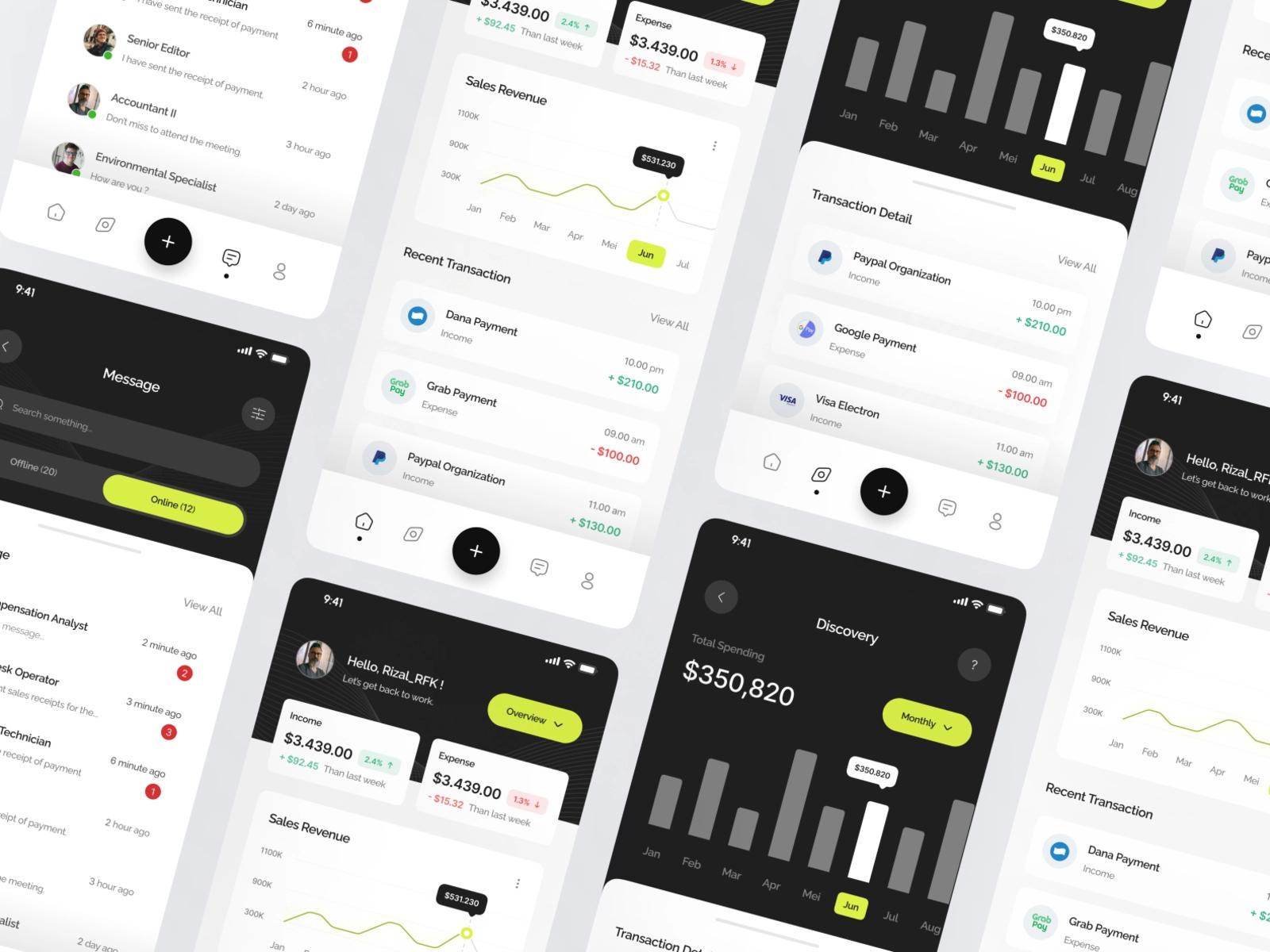
Flat rate pricing simplifies the billing process for customers. They know exactly how much they need to pay each billing cycle, regardless of their usage.
(image by Rizal RFK)
An example of a SaaS product using flat-rate pricing is Dropbox, which offers different subscription plans with fixed storage capacities for users to store and share files.
Usage Based Pricing
The SaaS product's cost is aligned with the actual usage by customers thanks to usage-based pricing. Pricing is determined by criteria like the volume of transactions, the amount of data stored, or API requests.
This approach is used by Amazon Web Services (AWS), where clients pay for the computing resources and services, such as virtual machines, storage, and data transport, that they use.
Tiered Pricing Strategy
Tiered pricing involves offering multiple pricing tiers or plans with different features and resource allocations at varying price points. This model caters to the diverse needs and budgets of customers.
Mailchimp, an email marketing platform, utilizes tiered pricing by providing different plans with varying email-sending limits, automation features, and audience sizes.
Per User Pricing
Depending on how many people use the SaaS solution, consumers receive a fee per user. Typically, a license or subscription is given to each user, and the price scales with the number of users.
This pricing strategy is used by the collaboration tool Slack, which costs businesses depending on how many people actively use their platform for communication and collaboration.
Per Active User Pricing
Similar to per-user pricing, per active user pricing bases the price on the number of active users during a certain time period as opposed to billing for all users. For clients with variable user counts, this SaaS pricing strategy provides greater flexibility and financial efficiency.
Intercom{target=_blank rel="nofollow noopener"}}, a platform for customer communications that base fees on the number of active customers that interact with the product within a month, is an excellent example.
Feature Pricing Model
Customers can pay for only the SaaS product modules or features that best suit their needs by choosing to pay on a per-feature basis. They may select the capabilities they need without paying for extraneous features because of this model's customization and flexibility.
Leading CRM platform Salesforce has a variety of add-on features and modules that users may choose from and purchase individually.
Freemium Business Model
The freemium SaaS business model mixes free and premium offers, making the fundamental SaaS product available without charge while charging for more sophisticated features or functionalities. This business approach aids in drawing in a sizable user base and converting free users into paying clients.

Freemium pricing model has gained popularity as it offers a free version of the product with limited features, enticing users to upgrade to a paid plan for access to advanced capabilities and enhanced value.
(image by Emmanuel Ikechukwu)
Slack can also be a good example of using this model. After all, the service initially gained popularity thanks to the freemium model, offering a limited set of features for free and encouraging users to upgrade to premium plans for more functionality.
🛠️ Tech Stack
There are many technologies that will help you with the monetization of your SaaS product. We have collected for you the most popular services that may be useful to you for various purposes.
- Purchases: PayPal, Braintree, and Stripe – are the three most popular payment systems. All of them have a software development kit (SDK) and all the necessary information about the integration of the payment method.
And to decide on the best payment method for your SaaS product, this table can help you ⬇️
PayPal | Braintree | Stripe | |
|---|---|---|---|
Visa | ✅ | ✅ | ✅ |
Mastercard | ✅ | ✅ | ✅ |
American Express | ✅ | ✅ | ✅ |
Apple Pay | ❌ | ✅ | ✅ |
Android Pay | ❌ | ✅ | ✅ |
MasterPass | ❌ | ✅ | ❌ |
PayPal | ❌ | ✅ | ❌ |
Bitcoin | ❌ | ✅ | ❌ |
JCB | ✅ | ❌ | ✅ |
Maestro | ✅ | ❌ | ✅ |
Discover | ✅ | ❌ | ❌ |
- In-app purchases.
Google Play Billing enables developers of Android applications to integrate in-app purchases. Users may buy extra features, subscriptions, and one-time purchases to gain access to the app's additional features and content. Through Google accounts, Google Play Billing guarantees safe transactions and payment processing.
Apple In-App Purchases allows developers to add in-app purchases to their iOS applications and monetize their work. Directly from the app, users may buy more features, content, and subscriptions.
Purchasely is a platform for managing purchases and subscriptions that can be added on top of Apple In-App Purchases and Google Play Billing. In order to maximize in-app monetization, it offers a variety of tools for developing and managing subscription plans, including adjustable pricing, testing, and analytics.
- Advertising.
Google AdMob is a platform for monetizing mobile applications through ad placements. Developers can integrate ad units into their apps and earn revenue from ad clicks and impressions. Various ad types, such as banners, interstitial advertisements, video ads, and rewarded ad units are supported by AdMob.
Meta Audience Network enables developers to include Facebook advertisements in their mobile applications and generate income depending on ad views and user activities. It offers resources for developing and running advertising campaigns, maximizing ad income, and monitoring performance indicators.
- Subscriptions.
Recurly is a subscription management tool that helps SaaS businesses in automating client accounts, invoicing, and subscription procedures. It provides a number of tools for setting up and administering various subscription models, including trial periods, price reductions, and plan upgrades.
Chargebee offers adaptable solutions for managing payments and subscriptions. Subscription procedures, billing, and client accounts may all be automated. Chargebee offers a number of pricing structures, including trial periods, usage-based pricing, and monthly payment.
Zuora is a subscription and billing management platform specifically designed for SaaS companies. It offers instruments for setting up and administering various subscription models, figuring out payments, and controlling client accounts. Zuora further provides analytics and reporting tools for enhancing monetization plans.
📲 Understanding Payment Enrollment and its Implementation in SaaS Products
Payment enrollment refers to the process of enrolling users onto a platform or system that enables payment processing. Users must be onboarded, and the data required to make payments must be gathered. Depending on the SaaS business and its requirements, several payment enrolment implementation strategies may be used.
Here you can see the 8 key steps in implementing payment enrollment in SaaS products:
- Choosing the Correct Payment Gateway
Take into account elements like security, accepted payment methods, integration simplicity, and transaction costs.
- Implementing integration and APIs
Using the available APIs and SDKs, integrate the chosen payment gateway into your SaaS solution. This integration allows for secure payment processing, transaction management, and user authentication.
- Designing a User-Friendly Payment Flow
By offering clear directions, error handling, and responsive design, streamline the procedure. Reduce friction points during payment entry to provide a smooth and effective user experience.
- Security and Compliance
To protect data transfer and adhere to industry requirements like PCI DSS, use SSL encryption. Maintaining consumer trust and data integrity requires routinely reviewing and updating security policies.
- Payment Enrollment Forms
If required, incorporate payment enrollment forms to gather necessary information from vendors, suppliers, or customers.
- Subscription Management
Automate subscription upgrades and downgrades as well as periodic payments and billing periods.
Want to learn more about payment gateway integration?
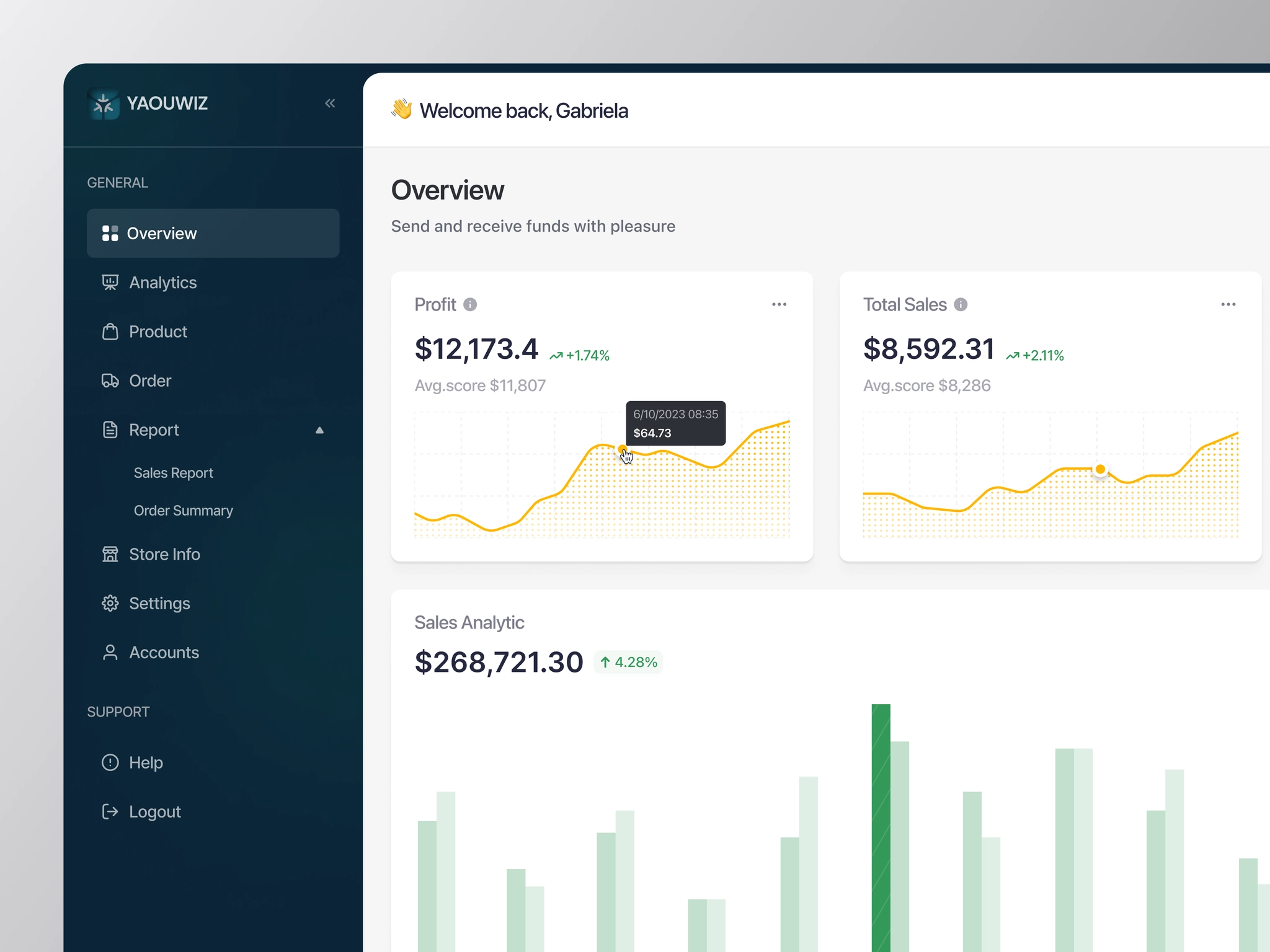
Effective subscription management involves implementing different pricing models and strategies to cater to the unique needs of customers.
(image by Renalda Aji)
- Customer Support and Communication
Provide a variety of ways for people to get in touch with you, such as live chat, email, and an extensive knowledge base.
- Testing and Optimization
Test and improve the payment enrollment procedure continuously. Track conversion data, user comments, and transaction success rates. To test various user flows, price structures, and payment methods, employ A/B testing.
📚 Case Study
Stormotion has several interesting developments in its portfolio, where we worked specifically with the implementation of application monetization. Let's consider them in more detail!
Art of Comms is an application that offers premium functionality on an ongoing basis. To implement monetization through the App Store and Google Play, we used the react-native-iap library. This allowed the company to charge for access to premium features provided by the app.
The Clay app has a more advanced monetization model that includes subscriptions. Instead of using standard app stores, Clay chose the Purchasely service to implement subscriptions. Purchasely provides a convenient and flexible way to set up payments without having to release a new version of the app. Using the react-native-purchasely library, Clay enabled users to subscribe to the offered services through the app.
At Mobiloud, we used ads for monetization. AdMob ads, such as banners and interstitial ads, were used to generate revenue. Banners were placed at the top or bottom of the screen, and interstitial ads were displayed after a certain number of viewed articles. For this, the standard Google Play Services Ads library was used.
👂Takeaways
Monetizing your SaaS product opens up many benefits for you, from increasing company revenue to adding value for your customers. Let's highlight the main ideas of this article:
- Successful monetization of payments is critical for the long-term sustainability and growth of your SaaS business.
- The right pricing strategy and model give you the flexibility to choose the type of monetization that suits your business. For example, paid subscriptions can be effective for products with regular updates and new content, while the "Freemium" model can be useful for attracting potential customers and gradually transitioning them to a paid version.
- Utilizing technological tools will allow you to effectively manage payments, create subscriptions, and implement advertising solutions.
Implementing successful pricing models and tactics is the first step to boosting the profitability of your SaaS products. To find out how our team of specialists can assist grow your company, get in touch with us right away!
Was it helpful?
Questions you may have
Take a look at how we solve challenges to meet project requirements
How do I monetize my SaaS?
To monetize your SaaS (Software-as-a-Service) product, you need to implement a monetization strategy that aligns with your business goals and target market. This may involve choosing a pricing model, such as a subscription-based model, licensing model, or freemium model, and determining the pricing tiers, features, and value proposition for each plan. Additionally, you can explore other monetization tactics like in-app purchases, advertising, partnerships, or affiliate marketing to generate revenue from your SaaS product.
What is SaaS monetization?
SaaS monetization refers to the process of generating revenue from a Software-as-a-Service product. It involves determining the pricing models, pricing tiers, and additional monetization tactics to effectively charge customers for accessing and using the SaaS product or service. SaaS monetization strategies focus on maximizing revenue while providing value to customers and ensuring the long-term sustainability and profitability of the SaaS business.
What are some examples of monetization?
Examples of monetization methods in the context of SaaS include subscription-based pricing (e.g., monthly or annual subscriptions), usage-based pricing (charging based on the customer's usage or consumption), freemium model (offering a free version with limited features and charging for premium features or upgrades), in-app purchases (allowing users to purchase additional features or content within the app), and advertising (displaying ads within the SaaS product). Other examples include partnerships and integrations with complementary services, data monetization, and offering consulting or support services as additional revenue streams.
Read also
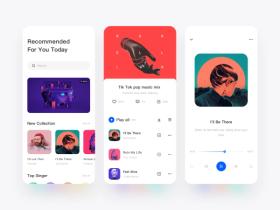
How to Build SaaS App Like Spotify

What makes React the best option for SaaS Apps?

Why SaaS is Benefitial for Small and Medium-sized Businesses?
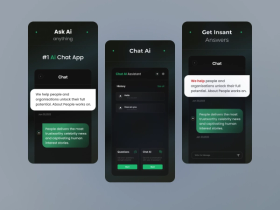
How to Leverage the ChatGPT API in Your SaaS Products?
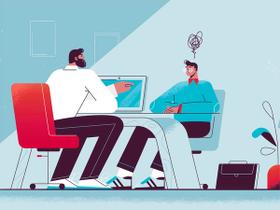
How to Choose the Right Tech Partner for Custom SaaS Development
Our clients say
![Stormotion client Max Scheidlock, Product Manager from [object Object]](/static/33294af91c38256bcd5a780ddc41861a/b0e74/max.png)
They understand what it takes to be a great service provider, prioritizing our success over money. I think their approach to addressing ambiguity is their biggest strength. It definitely sets them apart from other remote developers.
Max Scheidlock, Product Manager
HUMANOO

